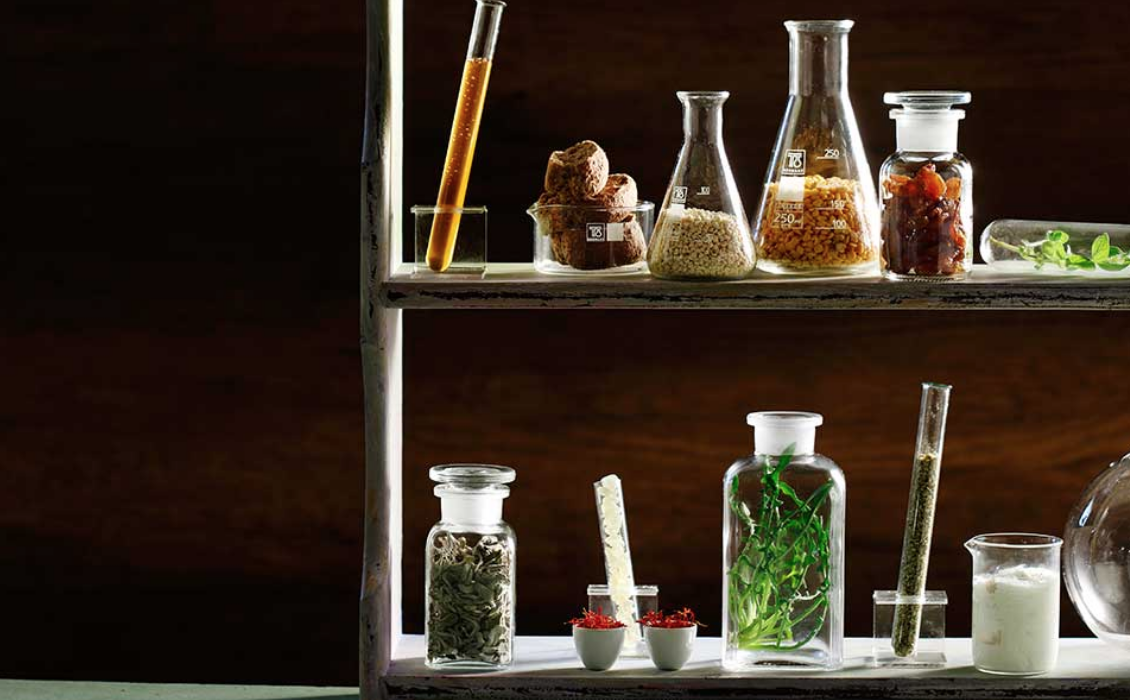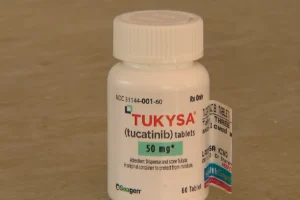From high-phenolic extra virgin olive oil to dried herbs and mastic gum, these pure products can give your health a boost.
NATIVE SUPERFOODS
Oregano adds the familiar fragrance to a Greek salad, but it also provides relief for a sore throat. Olive oil is an essential component of Greek cuisine, but it’s medicinal, too. Honey is a sweetener that also contains more than 180 nutrients. Ancient Greek gastronomy, the forerunner of the food culture of Rome, is the source from which many features of the diet and cuisine of Europe are derived. But that’s not all. Ever since antiquity, the Greeks haven’t just sought to satisfy their hunger or to find enjoyment in foods. Many foods were used to prevent or treat a number of health conditions.
SAGE
Its official botanical name is in fact Salvia officinalis, which is partly derived from the Latin verb salvare, meaning “save,” and alludes to its therapeutic properties. The ancient Greeks used its fresh leaves to treat wounds and snake bites, and as a drink to enhance female fertility. As a beverage, sage-infused “Greek tea,” as the French call it, or “Greek sprout” for the Chinese, remains popular to this day, either on its own or combined with other aromatic herbs.
Sage is also associated with some less scientific benefits. In Syros, for example, they say it exorcises gossip. You will often find little bunches of it hanging outside homes. A beneficial herb, sage has anti-catarrhal properties (for asthma, bronchitis and coughs), as well as anti-fungal and anti-infective action (for flu, gingivitis and insect bites).
It is an effective antispasmodic (in cases of dysmenorrhea) and healing agent. Its broader effects include stimulating the nervous system, improving memory and boosting blood circulation, while its antioxidants act against free radicals.
MOUSTALEVRIA
In bygone times, homemakers made full use of everything the Greek soil yielded up. This is how moustalevria, a dessert that dates back to antiquity, was born; during the Byzantine period, it was called moustopita and was made with flour and boiled grape must. That is more or less the recipe that survives today, though it is now embellished with nuts and cinnamon. Moustalevria is a highly nutritious food, thanks to the main ingredient – grape must – which provides a large quantity of antioxidants. With the addition of walnuts, almonds, cinnamon and sesame seeds, it is enriched even further, not only in flavor but also in nutrients.
Sesame seeds are rich in amino acids, minerals, trace elements and calcium. Cinnamon balances glucose levels in the blood, while walnuts and almonds provide valuable omega-3 fatty acids, antioxidants and phytosterols. What’s more, this dessert is relatively low in fat.
ANTHOTYRO
According to Greek mythology, knowledge of cheesemaking was gifted to humans by the Olympian gods through Aristeas, son of Apollo. There are references to cheese products in the writings of Aristotle and in the comedies of Aristophanes, while Homer famously referred to them in the Odyssey as well, citing the cheese made from goat’s and sheep’s milk by the giant Cyclops Polyphemus, eventually blinded by Odysseus. Could this cheese have been anthotyro? It is quite possible.
Soft, white and rind-less, anthotyro is made in most regions of Greece from whey (left over from making other types of cheese) and sheep’s or goat’s milk, or a combination of the two. Lightly salted, it combines a pleasant flavor with high nutritional value, providing all of the substances that dairy products offer (protein, calcium, potassium, phosphorus), but with less fat, and at just 200 calories/100g.
Compare that to 470 calories/100g for graviera, 420 calories/100g for kefalotyri, and 350 calories/100g for feta. Anthotyro is served as a side dish with meals and used in savory pies and salads or as a spread on bread. It pairs deliciously with fresh fruit and nuts, and makes an excellent dessert when topped with honey.
MESSOLONGI AVGOTARACHO (BOTTARGA)
Avgotaracho (bottarga) – also known as “Greek caviar” – is made from the eggs of the gray mullet fish (kefalos, or bafas, in Greek), and ranks among the best Greek delicacies. Avgotaracho is a protected designation of origin (PDO) product, and is produced in the area of the lagoons of Messolongi-Etoliko (the “beauteous lake,” as Homer referred to it), Kleisova and Bouka. The most common way of preserving it is by dipping and encasing it in a coat of natural beeswax, which prevents contact with the air and lets it keep for several months. Both the ancient Greeks and the Byzantines – who called it oiotarikhon – regarded it as a fine delicacy.
Avgotaracho is of great nutritional value, as it is a potent source of protein, vitamins, iron, calcium, selenium and zinc, as well as omega-3 fatty acids, which are vital to our bodies and linked to good cardiovascular health.
It is served cut into very thin slices (after first having been kept at room temperature for at least an hour, in order for it to soften) or grated on top of bread or even in salads, risotto or pasta dishes, to which it offers its delicate flavor. It can be accompanied by a glass of ouzo or tsipouro (a pomace brandy).
HONEY
The history of apiculture, or beekeeping, in Greece goes back thousands of years. Excavations at Phaistos uncovered ceramic beehives from the Minoan era (3400 BC). Hippocrates recommended honey to all his patients; eaten with bread, it was the main food for Pythagoras and his followers. Frequently, the libations to the gods included honey with wine and milk, while ambrosia, the food of the immortals, was said to contain royal jelly. In classical times, desserts with honey were very popular, including honey pies called melitoutta, and plakountes, which also had sesame seeds and spices.
With more than 180 nutrients, honey is a food of high nutritional value. It is an excellent source of carbohydrates, antioxidants, B-complex vitamins, trace elements and minerals (calcium, magnesium, zinc, iron, copper) necessary for keeping the body in balance and contributing to everything from bone strength to a healthy metabolism. It has a lower glycemic index than sugar; in small quantities, it is even suitable for people with diabetes.
The great biodiversity of Greece – 1,300 endemic plants and an exceptional variety of flowers, herbs and trees – also affects the quality of the honey produced in the country: it is far superior in flavor, aroma and density than honey from other countries.
Source: www.greece-is.com/greek-superfoods/












